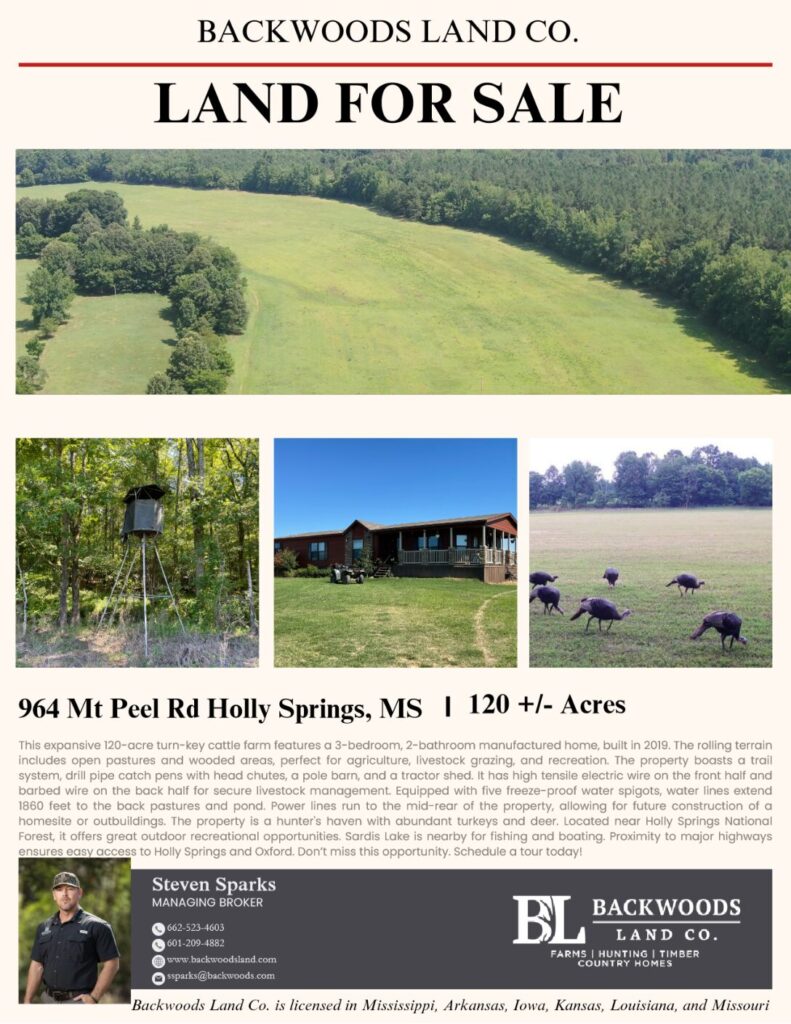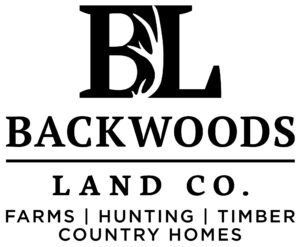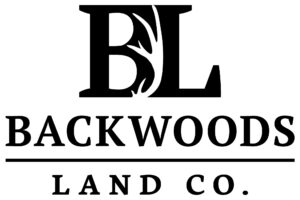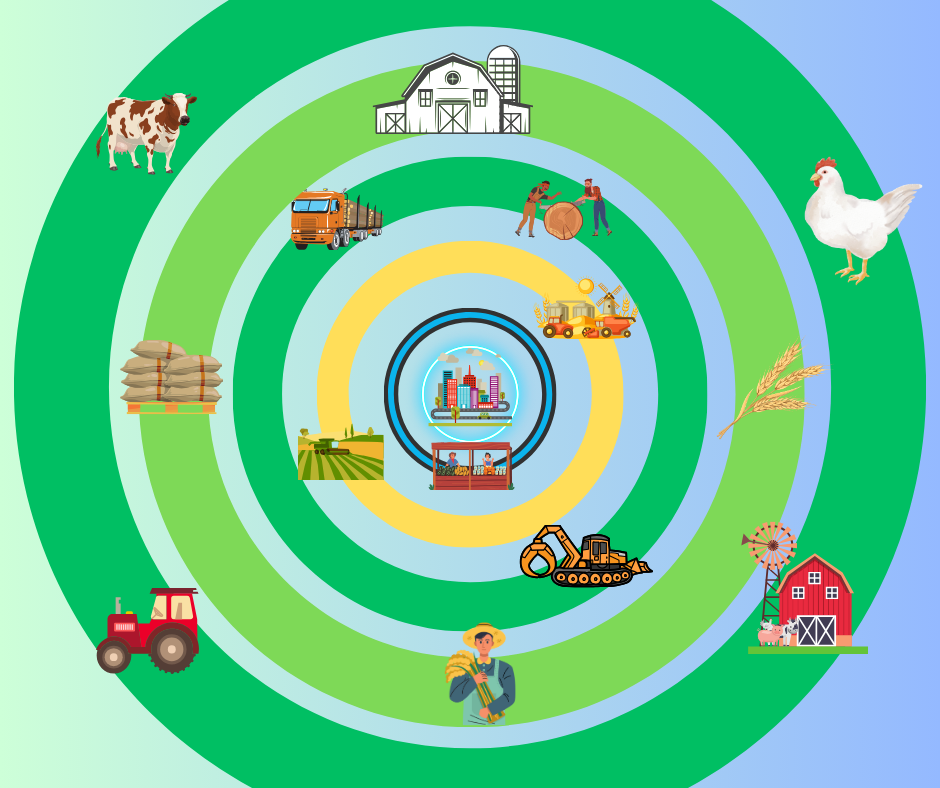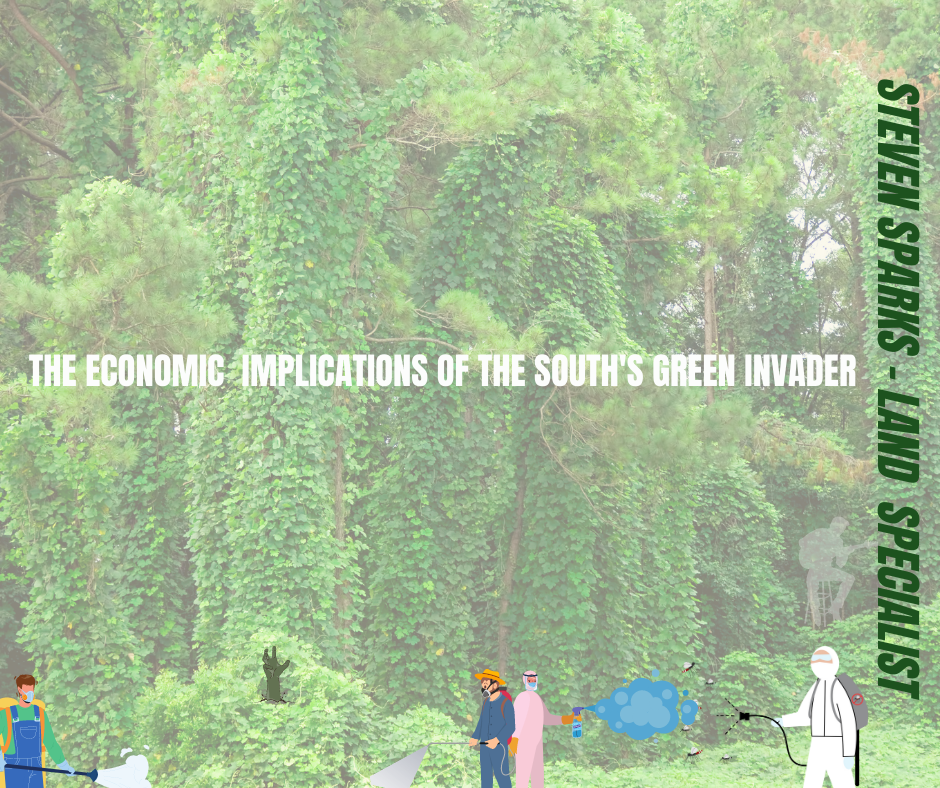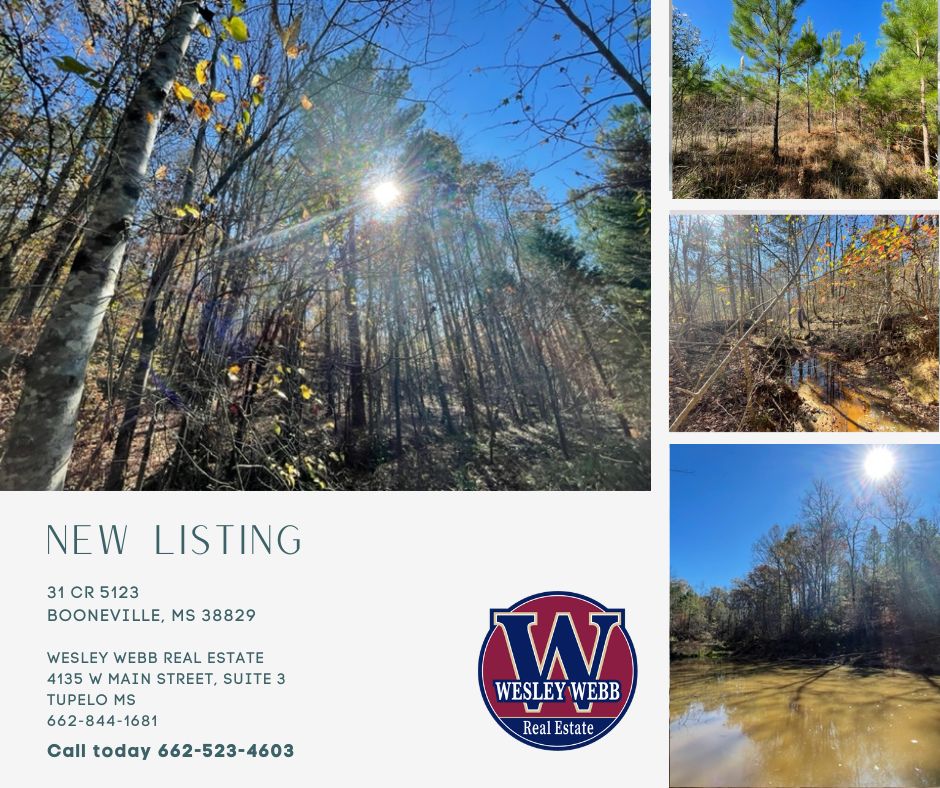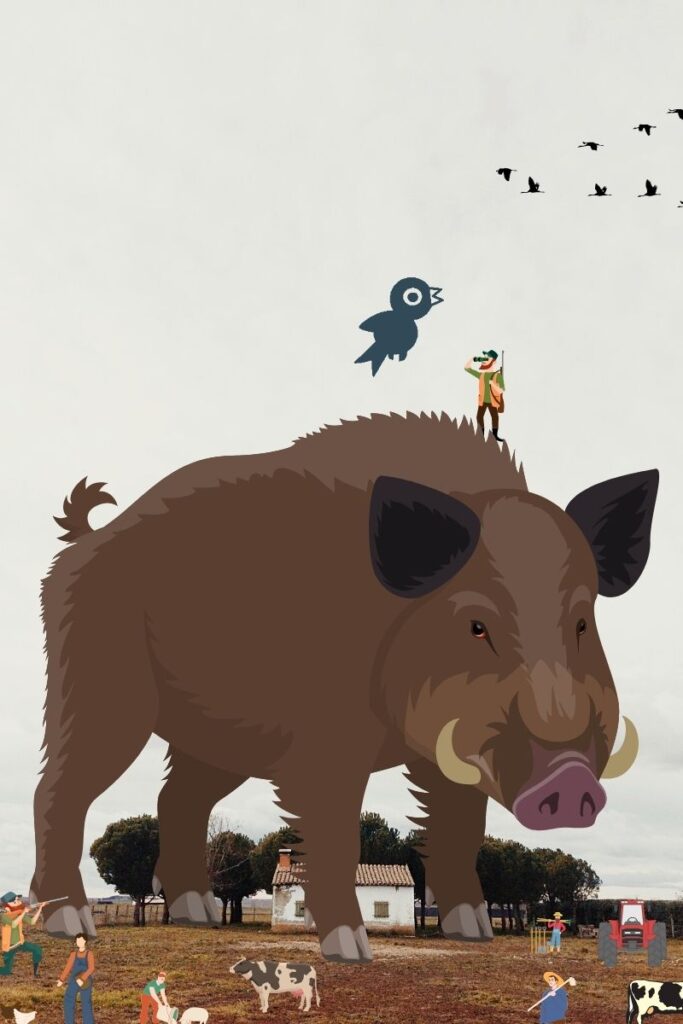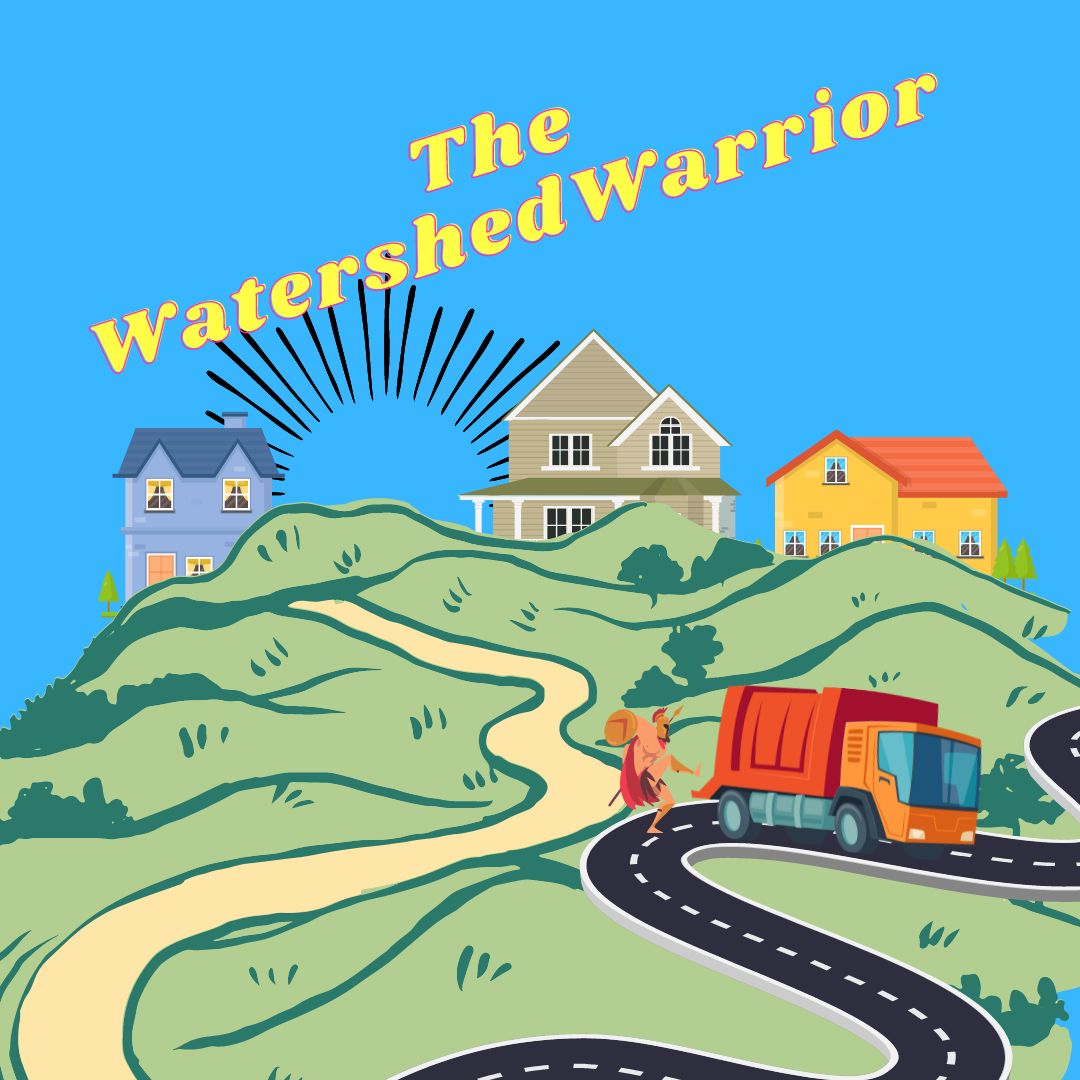
As Bill Billsbilly, patrolled his beloved watershed around his neighborhood, he knew that his enemies were always lurking nearby. Garbage trucks, with their noxious fumes and potential for littering, were his greatest foes.
So, whenever he heard the rumble of a garbage truck approaching, Bill would grab his trusty spear and don his warpaint. He would leap into action, charging towards the truck and shouting at the top of his lungs.
“Back away from my watershed, you scoundrels!” he would yell.
The garbage truck drivers would usually speed away, scared off by the wild and fierce looking man with war paint charging toward them. But if they were foolish enough to stick around, Bill was always ready to defend the watershed with all his might.
One time, a particularly stubborn garbage truck driver refused to leave, insisting that he had a job to do and couldn’t just abandon his route. Bill was having none of it. He marched right up to the truck, spear in hand, and began banging on the side with all his might.
“Get out of here, you dirty trash-mobile!” he shouted.
The driver, clearly confused and frightened by the wild man with the spear, finally relented and drove away. Bill stood like a boss, watching as the garbage truck disappeared down the road.
From that day forward, Bill became known as the ultimate defender of the watershed. People in the community would wave and cheer whenever they saw him, grateful for all the hard work he did to keep their water clean and pure despite the neighborhood smelling like pure garbage.
And whenever a garbage truck dared to drive by, they knew better than to mess with the “Watershed Warrior.”
Bill had other talents besides chasing garbage trucks, he could also pick a tune. He formed a band called the Watershed Warriors after his nickname of course. One their songs, “Manage the Land Use Dummy ,” quickly became a hit with audiences across the country.
As the band gained popularity, soon, their song hit number one on the charts, and the Watershed Warriors became a household name. The End.
WHAT IS A WATERSHED EXACTLY?
Think of a watershed like a giant bathtub that collects rainwater and snowmelt from surrounding mountains and hills. Just like in a bathtub, the water flows down to the drain, which in this case is a river or a stream. Before it reaches the drain, the water runs over and through the ground, picking up sediment and pollutants along the way. This can include fertilizers, pesticides, and even trash from garbage trucks as Bill would have it.
That’s why it’s important to take care of watersheds. We can protect them by using natural filters like trees and plants, which can trap pollutants and reduce sediment runoff. We can also prevent soil erosion and minimize pollution from urbanization, agriculture, and other human stuff. When we protect watersheds, we not only preserve the health of our environment and the habitats of wildlife, but we also ensure that we have clean and safe water for our daily needs. Healthy watersheds can also have a positive impact on property values, as people are more likely to want to live in areas with access to clean water and natural beauty. Would you pay a premium for it?
It catches rainfall and snowmelt, then channels it into creeks, streams, and rivers, ultimately leading to a larger body of water, such as a lake or ocean even. Yes, Watersheds can vary in size greatly, ranging from small, localized areas to large regions that span multiple states or even countries. However large or small from the Mighty Mississippi to a pond on your hunting land, they are started small.
If a town is located within the boundaries of a watershed, it is possible for the watershed to supply the town with all the water it needs. This is because the water that falls within the watershed is collected and treated to make it safe for human consumption. Therefore, it’s important to protect the quality of the water within the watershed to ensure that it remains safe to drink.
A watershed encompasses all the land, vegetation, and water resources that are found within its boundaries. This includes forests, fields, wetlands, and rivers. The health of a watershed depends on the balance of all these things. Trees and plants help absorb and filter rainfall, preventing soil erosion and sedimentation of the waterways. Wetlands are like sponges, absorbing water and slowly releasing it into the surrounding environment, thereby preventing flooding downstream.
It is important to take care of watersheds because they provide many benefits to communities, including clean water for drinking, recreation, and irrigation. In addition, watersheds help support healthy ecosystems by providing habitat for wildlife and supporting biodiversity. On the other hand, degradation of a watershed can lead to erosion, pollution, and a loss of habitat, which can impact the health of the entire ecosystem.
WATERSHED VS CATCHMENT BASIN
A watershed and a catchment basin are similar in that they both refer to an area of land where all the water that falls within its boundaries flows to a common outlet, such as a lake, river, or ocean. However, a watershed is typically larger in scale than a catchment basin and encompasses all the land that drains to a common outlet, including hills, mountains, and valleys. A catchment basin, on the other hand, refers specifically to the area of land where water collects before flowing into a larger body of water.
Both watersheds and catchment basins are important because they provide a source of freshwater for drinking, irrigation, and industrial use. They also provide a habitat for various plants and animals, which in turn supports the food chain.
When PESTICIDES AND OTHER CHEMICALS these substances are applied to crops or spilled onto the ground, they can be carried by rainwater and runoff into streams and rivers, causing harm to aquatic life and making the water unsafe for drinking or recreational use.
When trees are cut down or land is paved over, there are fewer plants to absorb and filter rainwater. This can lead to increased erosion and sedimentation in streams and rivers, which can harm aquatic life and cause flooding.
DAMS IN RELATION TO WATERSHEDS
Dams can have both positive and negative impacts on the surrounding watershed. On one hand, they can provide a reliable source of water for drinking, irrigation, and other uses. On the other hand, they can disrupt the natural flow of water, affecting downstream ecosystems and wildlife.
PROPERTY VALUES IN RELATION TO WATERSHEDS
Real lie example : In the city of Atlanta, Georgia, the Chattahoochee River watershed has been a significant factor in property values.
Properties located near the Chattahoochee River, which serves as a source of drinking water for the city, are highly sought after due to the recreational opportunities and natural beauty provided by the river. According to a study conducted by the Trust for Public Land, properties located within a half-mile of the river are worth an average of 43% more than properties located farther away.
Furthermore, properties located in areas with healthy watersheds tend to be more valuable than those in areas with degraded watersheds. In the case of the Chattahoochee River, efforts to improve water quality and preserve the watershed have led to an increase in property values over time.
Overall, the health of a watershed can have a significant impact on property values in the surrounding area. As a result, protecting and preserving watersheds can have both ecological and economic benefits for communities.
As a result of the preservation efforts, the Ruffner Mountain Nature Preserve has become a popular destination for outdoor recreation and education. Additionally, the protected watershed has helped to maintain the quality of the Cahaba River’s water, which has been a selling point for nearby properties. In fact, according to a study conducted by the Trust for Public Land, the nature preserve has contributed to a $6.9 million increase in property values for homes located within a half-mile of the preserve.
Another example of how watersheds can affect property values is the Chesapeake Bay watershed in Maryland, Virginia, and Pennsylvania. The Chesapeake Bay is the largest estuary in the United States, covering an area of over 64,000 square miles, and is fed by over 150 rivers and streams. The watershed is home to over 18 million people and is a vital source of drinking water, recreation, and economic activity.
In recent years, the health of the Chesapeake Bay has been threatened by pollution from agricultural runoff, urban development, and other sources. Efforts have been made to restore the health of the Bay through initiatives such as the Chesapeake Bay Watershed Agreement, which aims to reduce pollution and restore habitat.
The health of the Chesapeake Bay and its watershed can have a significant impact on property values in the region. A study by the Chesapeake Bay Foundation found that properties located within 1,000 feet of the Bay and its tributaries had an average value that was 38% higher than similar properties located farther away. This suggests that proximity to a healthy and vibrant watershed can be a significant factor in property values. On the other hand, properties located near areas of the Bay and its tributaries that are experiencing water quality problems may see a decline in value.
Here are some online resources and links related to watersheds and property values:
“The Impact of Watershed Conditions on Property Values” – a research paper by the US Forest Service: https://www.fs.fed.us/pnw/pubs/journals/pnw_2012_kovacs001.pdf
“The Relationship between Water Quality and Property Values: A Review of the Literature” – a report by the Environmental Protection Agency: https://www.epa.gov/sites/default/files/2015-10/documents/relationship_between_water_quality_and_property_values.pdf
“Watershed Services and Property Values” – an article by the American Geosciences Institute: https://www.americangeosciences.org/critical-issues/research-database/docs/watershed-services-and-property-values
“The Value of Watersheds” – a report by the World Wildlife Fund: https://www.worldwildlife.org/publications/the-value-of-watersheds
“Watershed Property Values: A Case Study of the Jordan Lake Watershed in North Carolina” – a research paper by Duke University: https://dukespace.lib.duke.edu/dspace/handle/10161/4829
These resources provide valuable information on the relationship between watersheds and property values. They analyze the impact of watershed conditions, water quality, and other factors on property values, providing useful insights for homeowners, policymakers, and other stakeholders.
